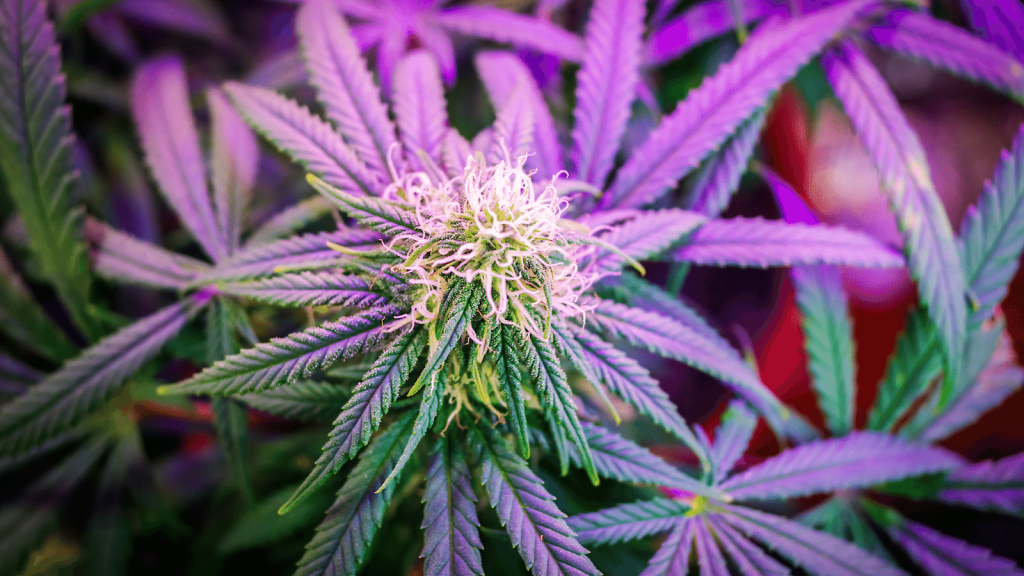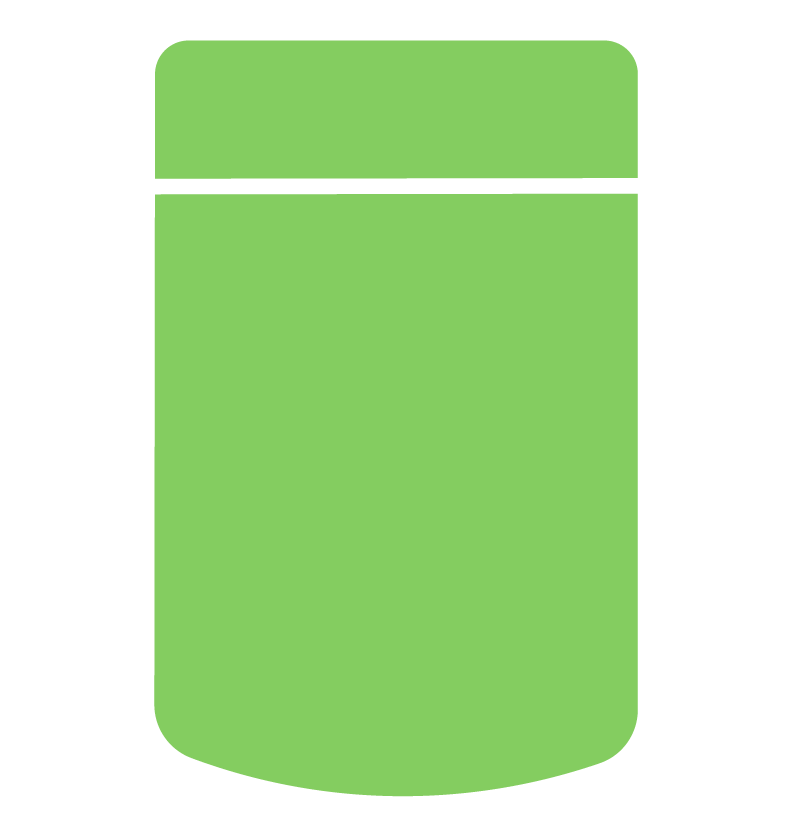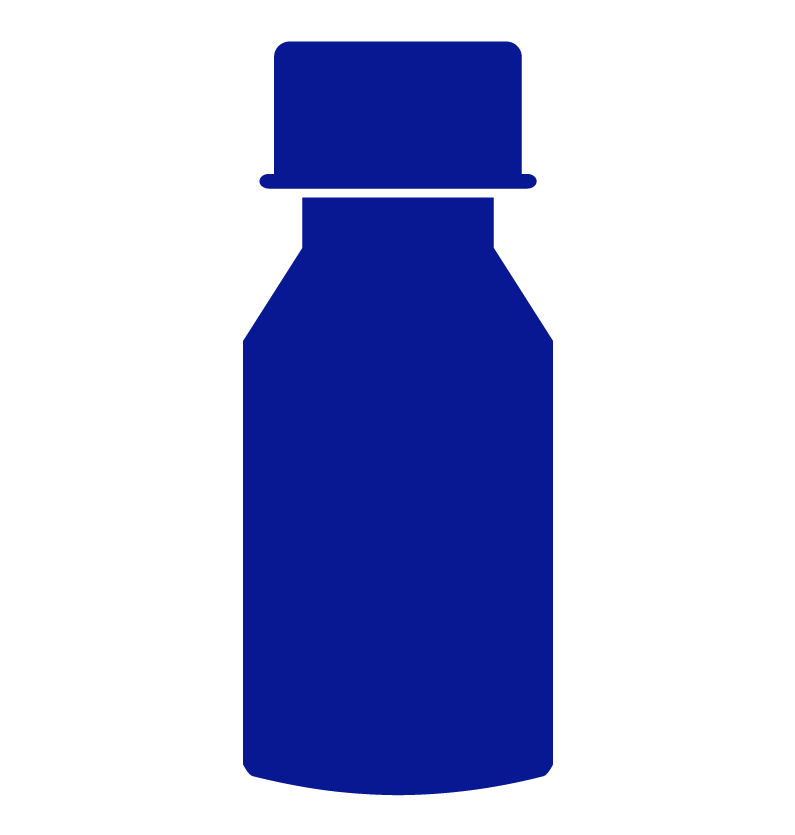Previous Article
Types of Mental Illnesses
It's essential to consider the various forms of mental illnesses, each of which has its own set of symptoms and challenges. Mental illnesses are categorized by healthcare professionals based on their signs and symptoms. The following are examples of common mental illnesses:
Anxiety disorders
Anxiety is a normal response to stress that can be beneficial in certain circumstances. It can alert us of impending threats and assist us in preparing and paying attention.
Anxiety disorders, such as panic disorders and phobias, differ from typical sensations of nervousness or anxiety because they involve excessive fear or anxiety. Anxiety disorders are the most common mental illnesses, afflicting about one-third of all adults at some point in their lives. Anxiety disorders are treatable, and there are a variety of effective treatments available. Most people who receive treatment can live regular, productive lives.
Mood disorders
All mood disorders have an impact on a person's mood—how they feel. Mood disorder symptoms, such as seen with bipolar disorder and depression, can include long-term feelings of sadness, hopelessness, numbness, and exhaustion. People occasionally have an unusually 'high' mood and feel powerful, but this can also lead to problems.
Eating disorders
Anorexia nervosa and bulimia nervosa are eating disorders that aren't truly about food. They're complicated, and they're frequently used to cope with difficult situations or regain control.
Psychotic disorders
People with psychotic disorders, such as schizophrenia, have difficulty discerning between what is real and what isn't. Furthermore, people may sense things that aren't real or have a strong belief that something isn't real.
Personality disorders
A long-term pattern of thoughts, behaviours, and feelings that cause issues in a person's life. Personality disorders, such as borderline personality disorder, make it difficult for people to have meaningful connections with others, manage their emotions, and prevent harmful behaviour. Personality disorders can have an impact on how people perceive themselves and others, as well as how they deal with problems.
Childhood disorders
While many mental illnesses begin in childhood, some people are not identified until later in life. One example is attention-deficit/hyperactivity disorder (ADHD), which affects a person's ability to focus, complete work, sit still, plan, or organize.
A note on suicide
Suicide, or the deliberate taking of one's own life, is not a mental illness in and of itself. Not everyone who dies by suicide have a mental illness. Suicide, however, has been related to a variety of mental diseases. Any talk or thoughts of suicide should be taken seriously, and help should be sought.
Do you need more help?
Canadian Mental Health Association is a supportive community organization that offers support and resources in your area. Find your local CMHA here.
References:
Canadian Mental Health Association. (2016). Mental Illnesses. Toronto, ON: CMHA.
Next Article
An Alternative Solution to the Opioid Crisis
Chronic pain is rarely isolated; it is frequently linked with sleep disturbances and emotional distress, forming the well-known “Pain Triad”. These three interconnected ailments can affect a person's quality of life. For example, a high level of pain can lower your mood and reduce your quality of sleep.
Medications typically used to treat the Pain Triad
The drug classes that correlate to the three pillars of the pain triangle are listed below1. Medical cannabis is a promising alternative for all, and it is likely to avoid the negative side effects associated with these drugs, particularly opioids.
Medical cannabis as an alternative solution to the opioid crisis
Medical cannabis is a promising alternative to opioids for the treatment of chronic non-cancer pain2, which is the most common indication for its use. Other areas where cannabis has showed promise to date are in fact covered by drug classes overwhelmingly used to the three pillars of the pain triad. Moreover, cannabis may well spare patients many of the side effects associated with opioid use3.
For those interested in using medical cannabis as an adjunct therapy option to opioid, Starseed offers several product options that maybe helpful for patients. Starseed’s clinic partner ‘North Star Wellness’ is also available for medical cannabis consultations free of charge. With 9 clinics across Ontario and a team of expert health care professionals, North Star Wellness offers in-person and telemedicine consultations for patients in need of education and medical authorization for cannabis.
Register and book your appointment today.
References:
[1] National Pain Centre (2017). The 2017 Canadian Guideline for Opioids for Chronic Non-Cancer Pain. Hamilton, ON: McMaster University. Retrieved from http://nationalpaincentre.mcmaster.ca/documents/Opioid%20GL%20for%20CMAJ_01may2017.pdf
[2] Benedict, G., Sabbagh, A., & Conermann. (2022). Medical cannabis used as an alternative treatment for chronic pain demonstrates reduction in chronic opioid use – a prospective study. Pain Physician Journal, 25, E113-E119. Retrieved from https://www.painphysicianjournal.com/current/pdf?article=NzQwOA%3D%3D.
[3] Ergisi, M., Erridge, S., Harris, M., Kawka, M., Nimalan, D., et al. (2022). An updated analysis of clinical outcome measures across patients from the UK medical cannabis registry. Cannabis and Cannabinoid Research, X(X), 1-10. Retrieved from https://www.liebertpub.com/doi/epdf/10.1089/can.2021.0145.





